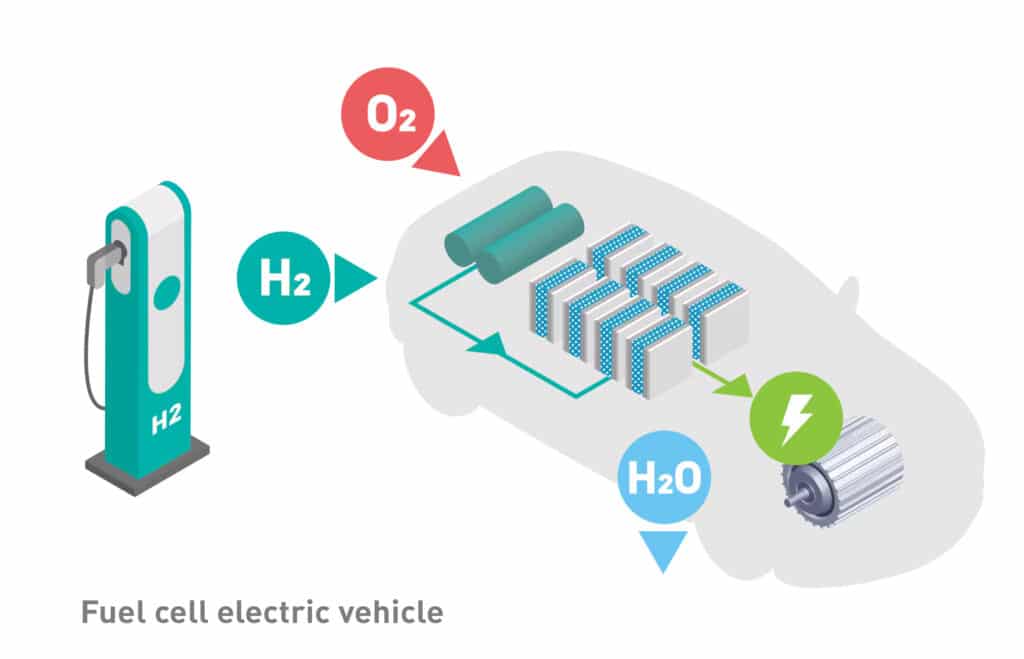In 2025, platinum has become an appealing and often overlooked investment. It is rarer than gold, has a higher melting point, more high-tech uses, and is up over 45% year-to-date — significantly outperforming every other precious metal this year.
Platinum is also in the midst of a significant supply crisis as demand continues to outpace world reserves. According to mining publication, Discovery Alerts, platinum is confronting a ‘perfect storm’ of converging supply factors. “Years of underinvestment in mining capacity combined with operational challenges in South African mining have constrained supply just as demand is accelerating across multiple sectors.”[1]

While all the gold ever mined in the world would fit into a cube of roughly 72 to 75 feet on each side, all the platinum ever mined would fit into a cube of just 17 feet on each side.
In terms of non-investment uses, platinum’s melting point, according to the University of Bristol, is significantly higher than gold. “In its purest form it melts at 3214 degrees F, almost twice the temperature needed to melt 14 karat gold.”[2] This makes it suitable for a host of high temperature applications — particularly in industry, technology, energy and weaponry. Platinum’s unique characteristics, limited supply and many uses make a strong case for its undervaluation.
Catalytic Converters
Platinum is a critical component of catalytic converters. A catalytic converter is a mandatory device found in the exhaust system of all gas-powered cars. These ‘emissions control’ devices make auto engine pollutants less toxic.

“A catalytic converter lies between a car’s engine and its exhaust pipe. It contains catalysts to remove pollutants from the car’s engine, by converting them into harmless emissions.”[3] This specialized automotive device uses chemical reactions with precious metals like platinum to clean dangerous exhaust from automotive engines.
According to Thermo-Scientific,
“Catalytic converters are pollution control devices coated with chemicals and a combination of the platinum group metals (PGM) platinum (Pt), rhodium (Rh) and/or palladium (Pd). The PGMs are responsible for the conversion reactions that turn pollutants into harmless gases. Most present-day vehicles that run on gasoline, including more than 98% of new cars sold worldwide each year, as well as trucks, buses, trains, motorcycles, and planes have exhaust systems with a catalytic converter.”[4]
Over the last five years, automotive demand for platinum has been 29% to 42% of total platinum demand.[5] And as the adoption of electric vehicles faces challenges from the current administration’s rollback of climate initiatives along with disappointing EV sales — platinum automotive demand is forecast to remain robust.
Hydrogen Applications
Platinum also acts as a catalyst in hydrogen electrolyzers and fuel cells. The former produces “green hydrogen” as a clean fuel source while the latter generates electricity to power motors.

“Platinum’s role is particularly significant in proton exchange membrane (PEM) technologies, which are essential for both hydrogen production and utilization. PEM electrolyzers, which generate hydrogen by splitting water molecules using electricity, depend on the metal serving as a catalyst.”[6]
According to the World Platinum Investment Council, platinum is a critical component of hydrogen fuel cells which provide emissions-free power and a viable alternative to electric batteries.
Fuel cells in heavy-duty vehicles such as trucks and buses are currently leading the growing market for Fuel Cell Electric Vehicles (FCEVs).[7]
Hydrogen-powered trains are already in commercial use. Trucks and buses are currently in production while mass transport involving sea and air travel are in the testing and prototype phases.
Rising green energy demand and the fuel cell revolution, will propel the platinum catalyst market from a projected $1.2 billion last year to $2.5 billion by 2033. And it will be largely driven by both technological advancements and government mandates.[8]
Hydrogen energy is widely seen as a vital decarbonization tool and according to the International Energy Forum, “platinum’s role in the energy transition could lie in making clean hydrogen technologies commercially viable.”[9]
Defense and the Military
Modern military readiness incorporates precision jets, missiles, rockets, thermal and infrared technologies, and heat-seeking weapons — and platinum makes them all work.

According to Investing News, NATO’s increased defense spending commitment is shining a light on the role of platinum and other minerals deemed critical to modern weaponry and military technologies:
“Aircraft engines rely on platinum and rhodium for temperature sensing, while platinum is also used as a protective plating for turbine blades. In missile systems, platinum and iridium are incorporated into nose cones for their ability to withstand extreme heat. Military vehicles also draw on platinum for catalytic converters and infrared suppression systems, which help reduce thermal visibility against heat-seeking weapons.”[10]
On June 25, 2025, the heads of NATO agreed to raise their defense expenditure to 5% of their GDP annually by 2035, a dramatic increase from the previous 2% mark. This is a boon for platinum which is has emerged as a critical element of the modern war machine. Militaries around the world rely on Platinum Group Metals (PGMs) for critical vehicle and aircraft capabilities:
- Catalytic converters using platinum reduce emissions from military vehicles, meeting increasingly stringent environmental standards while maintaining operational capability
- Thermal signature suppression technology utilizing platinum coatings reduces vulnerability to infrared detection and heat-seeking weaponry—a critical survival feature in modern combat environments
- Temperature-sensing components made from platinum-rhodium alloys provide precise monitoring in extreme-temperature environments like jet engines and rocket motors
- Heat-resistant components incorporating various PGMs enable operation in conditions where conventional materials would fail, extending operational capabilities[11]
Platinum’s high melting point, extreme heat tolerance, conductivity and catalytic properties are essential for many defense technologies. It has proven to be a strategic metal for the national defense systems of NATO and most major military units around the world making it a critical component of war readiness.
Platinum is significantly less expensive than gold. It is also caught in a severe structural supply deficit as demand is growing across multiple high-tech categories including clean energy and military capability. This is why savvy investors are acquiring platinum coins, bars and even IRA approved bullion.

DID YOU KNOW?
- The Hope diamond, a famous sizeable blue-colored diamond, is set in platinum.
- King Louis XVI of France heralded platinum the “only metal fit for kings”.
- Just four mines (one in Russia and three in South Africa) account for 90% of the world’s platinum production.[12]
Contact Thor Metals Group at 844-944-THOR to obtain Investment-Grade Platinum
—
[1] https://discoveryalert.com.au/news/platinum-supply-squeeze-2025-south-africa-deficits/
[2] https://www.chm.bris.ac.uk/~paulmay/webprojects1997/JonathanT/info.htm
[3] https://matthey.com/science-and-innovation/knowledge-hub/what-is-a-catalytic-converter#sectionend-mbxz_
[4] https://www.thermofisher.com/blog/metals/new-reduced-platinum-catalyst-for-catalytic-converters/
[5] https://platinuminvestment.com/about/demand-drivers
[6] https://investingnews.com/hydrogen-economy-platinum-demand/
[7] https://platinuminvestment.com/about/hydrogen-demand
[8] https://www.ainvest.com/news/platinum-price-navigating-geopolitical-risks-green-energy-demand-shifting-market-2508/
[9] https://www.ief.org/news/energy-transition-to-trigger-huge-growth-in-platinum-for-hydrogen
[10] https://investingnews.com/nato-defense-spending-pledge-highlights-pgms/
[11] https://discoveryalert.com.au/news/platinum-group-metals-defense-aerospace-2025/
[12] https://www.thmarch.co.uk/insights/what-is-platinum-interesting-platinum-facts-and-uses/